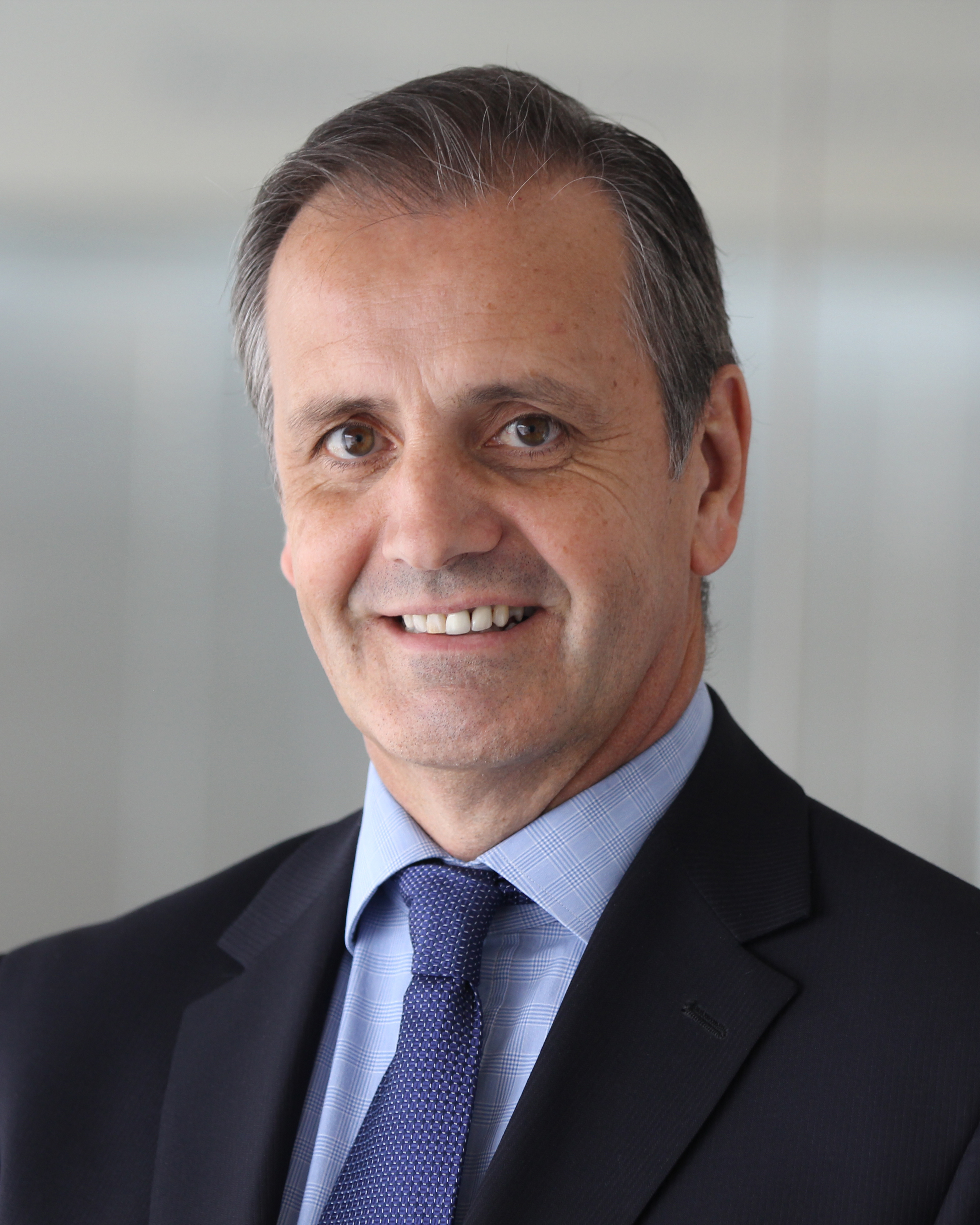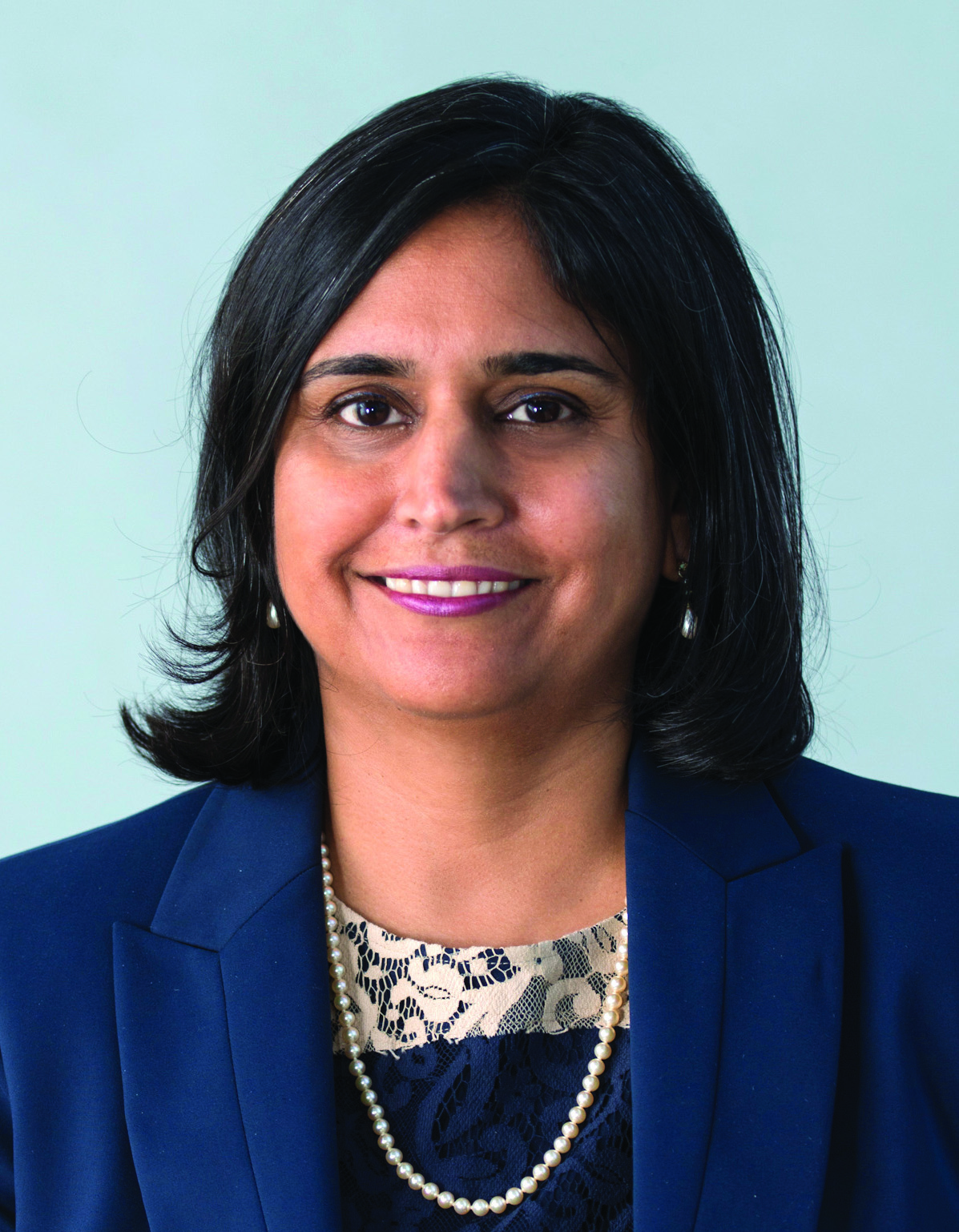The leaders of both IHI and NPSF will stay on with the combined entity after the merger.
Derek Feeley, CEO of IHI, will retain his title and oversee the new organization. Mr. Feeley served as IHI’s executive vice president from 2013 to 2015 before taking the reins as CEO. Prior to joining IHI, Mr. Feeley worked in the Scottish government as Director General for health and social care and CEO of the National Health Service (NHS), where he advised the government on issues pertaining to healthcare quality, including patient safety.
Tejal Gandhi, MD, the president and CEO of NPSF, will stay with the merged organization with a new title: chief clinical and safety officer of IHI. Prior to taking the helm of NPSF as the president and CEO, Dr. Gandhi, a board-certified internist, was the executive director of quality and safety at Brigham and Women’s Hospital in Boston for 10 years.
Both leaders spoke to Becker’s Hospital Review in April about the merger, what drew them to the patient safety field and what they hope their organization can achieve in the future.


Derek Feeley, CEO of IHI Dr. Tejal Gandhi, President and CEO of NPSF
Note: Responses have been lightly edited for length and clarity.
Question: How will your role change after the merger?
Dr. Tejal Gandhi: At IHI, I will be the chief clinical and safety officer. I will oversee all the safety work and I will oversee the creation of a new combined safety group. IHI also has a broader portfolio in quality, so I’m looking forward to being engaged in that as well.
Derek Feeley: I will continue to be the CEO of the new organization. The nature of my role doesn’t change too much, just the scope of it.
Q: What makes NPSF and IHI compatible?
DF: We know each other well. We’ve worked together for a number of years and we started to realize there was real synergy between the two organizations and the work we do. One example of our compatibility would be the outstanding thought leadership at NPSF coupling with IHI’s ability to disseminate services across large sections of the industry. We felt we could be more impactful together and realized the merger was the optimal thing to be doing.
TG: If you look at the safety work we’ve been doing, we’ve been focused on many of the same things such as changing leadership culture and taking a systems approach to improving patient safety. By coming together, we create a larger and more powerful voice and right now the healthcare system is being bombarded by many voices. What NPSF and IHI are asking of the industry is so similar, it just makes sense to ask as a joint voice rather than adding to the multitude of voices that already exist.
Q: How will the merger improve the ability of NPSF and IHI to aid healthcare leaders and clinicians in ensuring patient safety is a top priority as the healthcare landscape continues to change?
TG: I think one of the ways our single more powerful voice can impact health systems is by bringing our different strengths together. We’re able to make recommendations on safety improvements and IHI can bring them to the front lines where they’ll be implemented.
DF: IHI has a great international reach that NPSF really doesn’t have, so that’s a way we can work together to improve healthcare not just in the U.S., but more broadly. The single voice is really important. IHI and NPSF can now speak with one voice with a single call to action with a common set of tools and approaches. Improving quality and safety is really the kind of work that needs to be done with “sense making.” We can make sense of some of the complexities involved in this process with a mix of thought leadership and action. NPSF has been more of a think tank and IHI more of a do tank. At the moment there are groups that tend to go to either IHI or NPSF. Now we can reach them with a combined set of programs.
Q: What drew you to the patient safety and quality field?
DF: I’ve been working on this for a long time. Back in 2005-2006 I spent a year as a Harkness Fellow in Healthcare Policy with [Oakland, Calif.-based] Kaiser Permanente and the Department of Veterans Affairs. It was there I heard about the IHI’s 100,000 Lives Campaign to reduce harm in hospitals. That was really my introduction to the world of safety and quality. I was determined to take back home to Scotland with me the basis of the 100,000 Lives program. We had every single hospital in the country implement a set of well-evidenced patient safety interventions. Two things we did were to educate hospitals about the practicality of the inventions and empower the staff at the point of service. We wanted them to understand that this was not just a new set of policies or procedures; this was a new set of plans that actually empowered care takers.
TG: I got into this area predominately based on my experience as an internal medicine resident. I had a great experience, but I saw things that could have been done better and I got interested in the systems by which we can improve healthcare. I think my clinical practice was a major driver. I was seeing in my practice every day that things weren’t going as well as they could. It’s great to write papers, but unless it changes practice, then what’s the point? So I got into to the operational side of things and that’s been the focus of my career.
Q: If you had to choose just one, which patient safety issue do you think should be of most concern to healthcare leaders today?
TG: The biggest challenge is to make sure patient safety stays at the core of what of what healthcare leaders are doing because there are so many ways it could lose momentum. That to me is the number one issue, to have leadership stay focused on patients’ safety despite everything else, all the changes that are coming at them.
DF: I’m with Tejal on this one. Leaders shouldn’t just choose one safety issue to focus [on]. We have come a long way on patient safety and we’ve done it issue by issue, project by project. We need to move to something that is more systemic. That’s going to take some changes. It’s going to require leaders to think about culture in their organization and collaboration and the need to tackle these issues and be willing to share and be more transparent. This is a mindset shift to make patient safety a system property.
Q: What achievement as a leader of your respective organizations are you most proud of?
DF: I’m very proud we’ve made this merger happen. Beyond the last 12 months, I look back with some satisfaction. We’re starting to think about the absence of dignity and equity as safety issues that are harmful to patients. We’ve started to promote this and gotten some health systems to begin working on this issue.
TG: I’m proud of the merger. This year marks NPSF’s 20th anniversary. I’m very proud of this organization — the first organization to have sole focus on patient safety and that brought patient voice into the conversation. This predates me but it is something I’m very proud of. The work we’ve done around creating best practices has been really impactful in the patient safety space. We’ve had many organizations adopt these practices. Also, a report we did called “Free from Harm.” I think that particular report was really a north star for us on how we’re going to accelerate changes in patient safety.
Q: What do you hope to achieve in the next year?
TG: I think in the next year we are going to create a much larger and unified voice around safety. We’re really going to integrate the resources of our two organizations in year one so we can really feel like we’re making a strategic impact on improving patient safety and working with a much more robust patient safety portfolio. So far we’ve been very reactive in healthcare. I’d like to see us address how to prevent harm in the first place and work to find ways to intervene before safety risks turn into harm. We need to move from reactive to proactive.
DF: Tejal and I shared a realization that patient safety needs a reboot. This is the time for reinvigoration in the patient safety field. We want healthcare leaders to see patient safety as the no. 1 priority. I’d like to see us get patients and family much more involved in patient safety and feel more empowered in their care. I’d like to see the acceleration of progress in patient safety. Now is the time for acceleration.
More articles on quality:
Cheap, common drug effectively treats postpartum haemorrhage
CMS readmission penalties don’t correlate with outcomes, are unfair to hospitals with sicker patients, study says
CHOP researchers develop artificial womb for premature infants: 7 things to know
